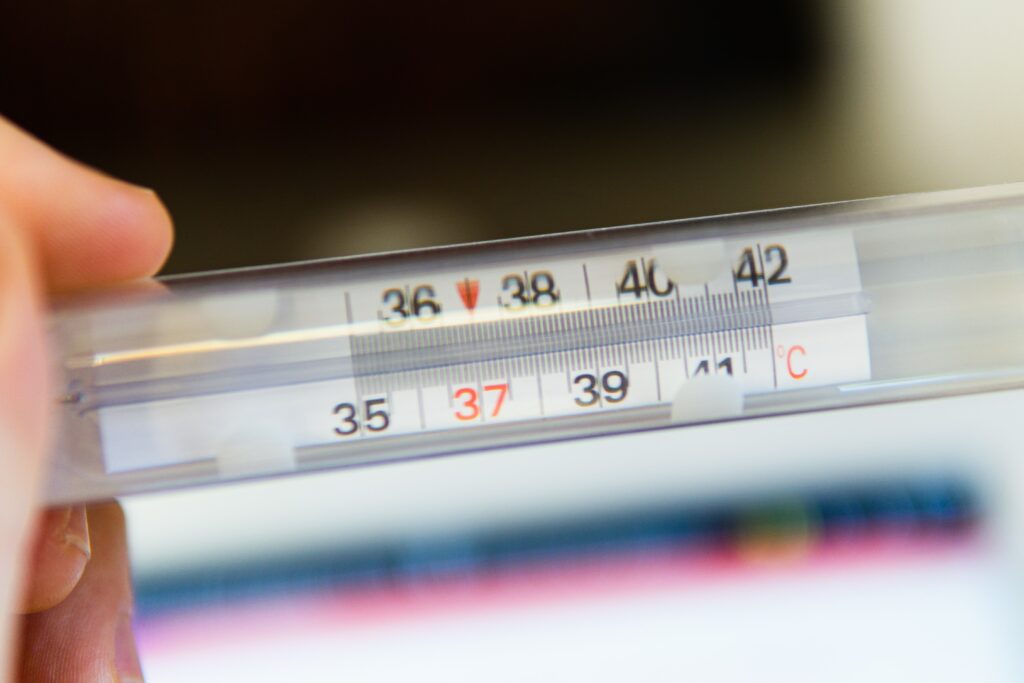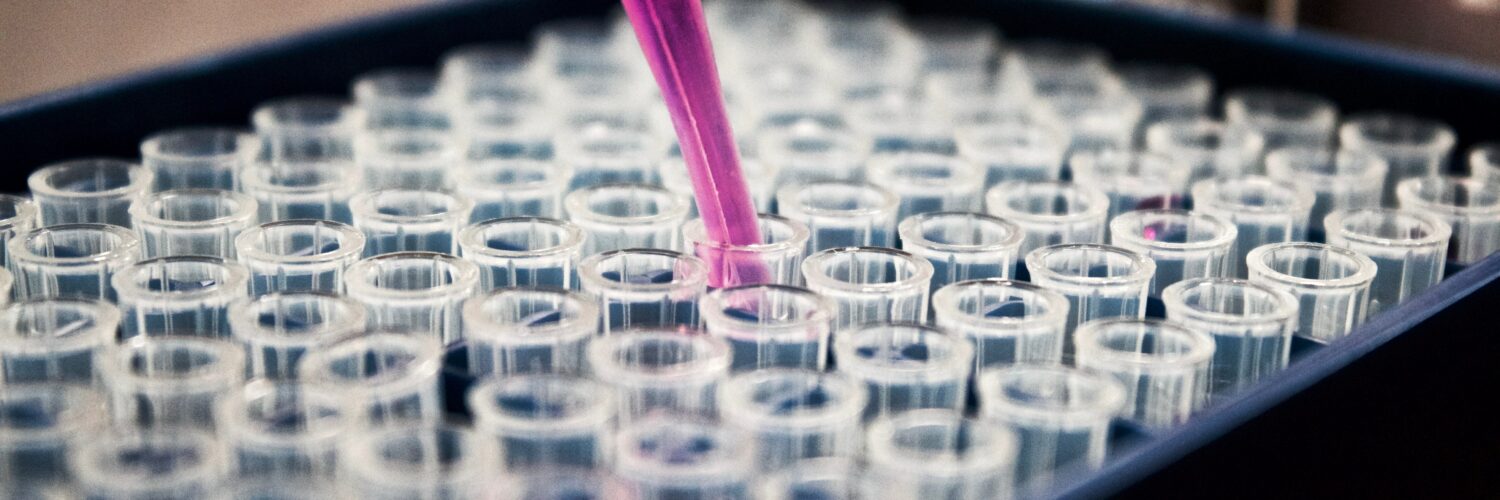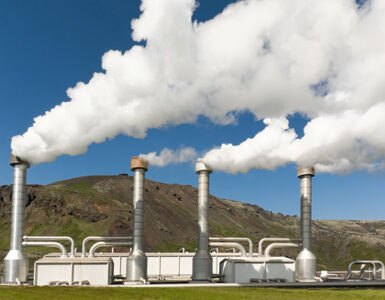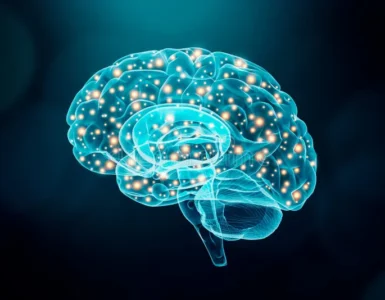We know that proteins help with many different functions. One of such proteins is enzymes. After the translation of mRNA into enzyme molecules, they can help to catalyse biochemical reactions.
Today, we will be talking about what enzymes are, and what some of their functions include.
What are Enzymes?
Enzymes are globular proteins with a tertiary or quaternary structure and a specific 3D conformation, including an active site that has a particular charge and shape to recognise specific substrates. They are biological catalysts that speed up the rate of biochemical reactions by lowering the activation energy of the reactions and remain chemically unaltered throughout the reaction.
Enzymes have a high turnover number. The turnover number refers to the number of substrate molecules that becomes the product in a second. As such, they are effective in trace amounts. They are soluble in aqueous environments, both within and outside the cell.
As enzymes are proteins, they are synthesised by ribosomes in the cell – free ribosomes synthesise intracellular enzymes, whereas ribosomes at the rough endoplasmic reticulum (rER) synthesise extracellular enzymes.
Enzymatic Mode of Action
Activation Energy
Activation energy is the amount of energy needed to bring one mole of a certain substance to the transition state at a specific temperature. It is the energy barrier that a reaction needs to overcome before it can form products. By decreasing the activation energy, we can increase the rate of reaction. As such, we can use enzymes to lower the activation energy without having to increase the temperature.
When enzyme-substrate complexes are formed, the substrate fits into the active site of the enzyme. R groups of catalytic residues at the active site can change the substrate’s charge and alter the bonds’ electron distribution. This makes the substrate more reactive. At the same time, substrate molecules are forced into the correct orientation, facilitating the formation of bonds. On top of that, some bonds within the substrate molecules experience physical stress, increasing the chances of the bonds breaking.
After the reaction, the enzyme-substrate complex splits to release the enzyme and the products. The enzyme can then undergo another reaction.
Active Site
As the globular enzyme is much larger than its substrate, only a small area of the enzyme is exposed to it. This area is known as the active site of the enzyme, which spans between three to twelve amino acid residues. These amino acid residues are further categorised into contact and catalytic residues. Contact residues give the active site its shape complementary to the substrate molecule, and have charges complementary to the substrate, giving rise to enzyme specificity. On the other hand, catalytic residues help the enzyme catalyse biochemical reactions by altering the substrate charges to make the substrate more reactive.
The remaining amino acid residues on other parts of the enzyme play a role in maintaining the globular structure of the enzyme. They may also form other binding sites.
Specificity
Enzymes are highly specific in terms of the substrate that they can bind to and the reactions that they can catalyse. Enzymes and their substrates bind when effective collisions occur between enzyme and substrate molecules. The substrate molecules will fit into the active site with a complementary charge and shape. This allows the enzymes to bind to their substrates via hydrogen and ionic bonds, forming enzyme-substrate complexes.
Lock-and-Key Hypothesis
In this model, the substrate is proposed to be completely complementary to the shape of the active site. The active site does not undergo a change in its shape.
Induced-Fit Hypothesis
In this model, the substrate is not completely complementary to the active site of the enzyme. When the substrate binds to the active site, the conformation of the active site changes slightly to allow the substrate to fit in more snugly.
Enzyme Kinetics
Factors
As with other proteins, the effectiveness of enzymes are dependent on several factors.
Concentration of Enzyme
Even with a low enzyme concentration, enzymes can increase the rate of reaction significantly as they do not undergo chemical modifications.
At low enzyme concentrations, enzyme concentration is the limiting factor since all the active sites are occupied by substrates at any point. Enzyme molecules are saturated. However, as we increase the concentration of enzymes, the rate of reaction increases proportionally as there is an increase in the number of active sites. More enzyme-substrate complexes are formed since there are more effective collisions between enzyme and substrate molecules.
However, at high enzyme concentrations, substrate concentration becomes the limiting factor as there are not enough substrate molecules that can bind to available active sites of enzymes. As such, the rate of reaction remains unchanged even as the enzyme concentration increases.
Concentration of Substrate
At low substrate concentrations, the substrate concentration is the limiting factor. However, as we increase the concentration of substrates, the rate of reaction increases proportionally as more substrate molecules can occupy the free active sites. More enzyme-substrate complexes are formed since there are more effective collisions between enzyme and substrate molecules.
However, at high substrate concentrations, enzyme concentration becomes the limiting factor as the enzymes are fully saturated. As such, the rate of reaction remains unchanged even as the substrate concentration increases.
pH
Enzymes can only work within a small range of pH – outside the range, enzymes will denature. At the optimal pH range, the rate of reaction is at its maximum, and the rate of effective collisions between enzyme and substrate molecules is at its maximum. This means that there are the most enzyme-substrate complexes formed here.
However, outside the optimal pH range, the concentration of H+ ions in the reaction mixture is different, disrupting the hydrogen and ionic bonds between R groups of the amino acid residues within the enzyme molecule. This results in the loss of the enzyme’s specific 3D conformation and shape of active sites. Enzymes may not have a complementary charge and shape to the substrate molecules, so there are no enzyme-substrate complexes formed.
Temperature
The temperature affects the kinetic energy of the reactant molecules.
At temperatures below the optimal temperature, enzymes are inactive as there is insufficient kinetic energy for effective collisions between the enzyme and substrate molecules. As such, we can increase the rate of reaction by raising the temperature, allowing the enzyme and substrate molecules to gain more kinetic energy. This results in more effective collisions and thus more formation of enzyme-substrate complexes.
Enzymes are the most effective at their optimal temperature. Beyond that, there is a sharp drop in the rate of reaction since enzyme molecules start to denature. This is due to enzyme molecules gaining a large amount of kinetic energy, which makes them vibrate excessively. As such, the polypeptide chain breaks and disrupts the bonds, so the enzyme molecules no longer have their specific 3D conformation. This affects the shape of the active site, which prevents the formation of enzyme-substrate complexes.

Measuring the Rate of Reaction
We can measure the rate of reaction by measuring the rate at which products form or at which substrates disappear. This is done with a signal, which is a particular perimeter that has a direct relationship with the change in the concentration of the substrate or product. Such signals include changes in colour, changes in mass, changes in pH, changes in turbidity, changes in volume, and the production of gases.
Enzymatic Inhibition
Inhibitors are substances that reduce the rate of enzymatic reactions by binding to the enzyme to form enzyme-inhibitor complexes, preventing the enzyme from catalysing the reactions. There is two types of enzymatic inhibitions – reversible inhibition and irreversible inhibition. There are four main types of reversible inhibitions – competitive inhibition, non-competitive inhibition, allosteric inhibition, and end-product inhibition.
Competitive Inhibition
Competitive inhibition involves competitive inhibitors that have a similar shape as the substrate. As such, they can compete with substrate molecules to bind to the active site of the enzyme. This causes fewer substrate molecules to form enzyme-substrate complexes since competitive inhibitors occupy the active sites.
Non-competitive Inhibition
Unlike competitive inhibitors, non-competitive inhibition involves non-competitive inhibitors. These inhibitors are by no means similar to the substrate, so they bind to other sites on the enzyme instead of the active site. As such, there is a change in the conformation of the enzyme molecule and consequently the active site. Substrate molecules cannot bind to the active site and form enzyme-substrate complexes. The non-competitive inhibitor thus reduces the concentration of effective enzymes.
Allosteric Inhibition
Allosteric inhibition works only on allosteric enzymes – enzymes with more than one polypeptide chain. Each polypeptide chain within allosteric enzymes have their own subunit active sites and are joined together at the allosteric sites. When allosteric inhibitors bind to the allosteric sites of allosteric enzymes, they stabilise the inactive form of the enzymes.
End-product Inhibition
End-product inhibition works in metabolic pathways by regulating the enzymes involved in each reaction. This occurs when the end-products accumulate and inhibit the enzymes in the pathway to prevent further synthesis. End-product inhibition helps to conserve resources, together with channelling intermediates into another pathway to produce other end products that may be needed.





Add comment